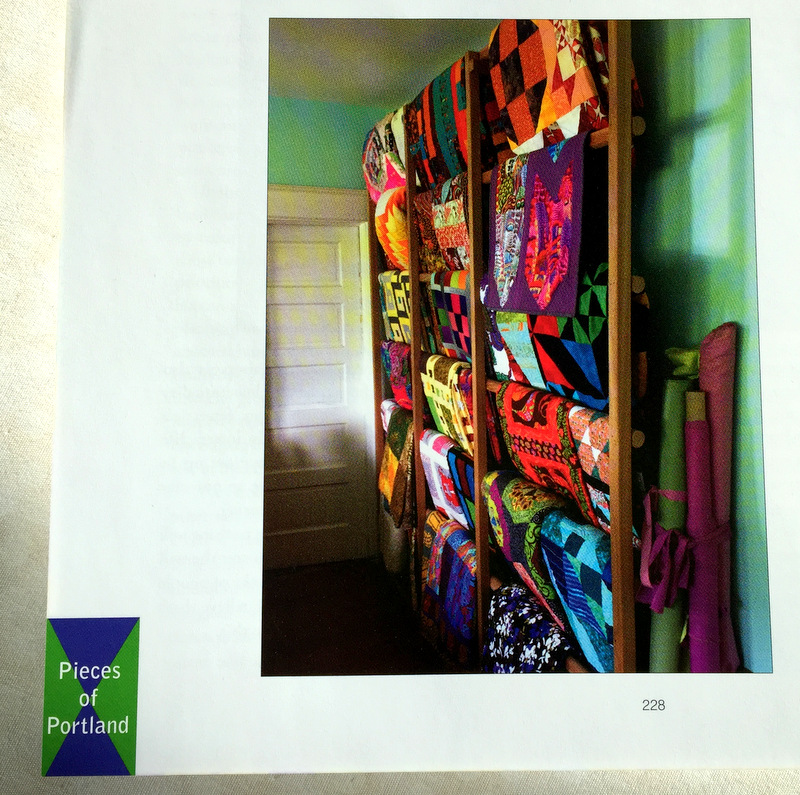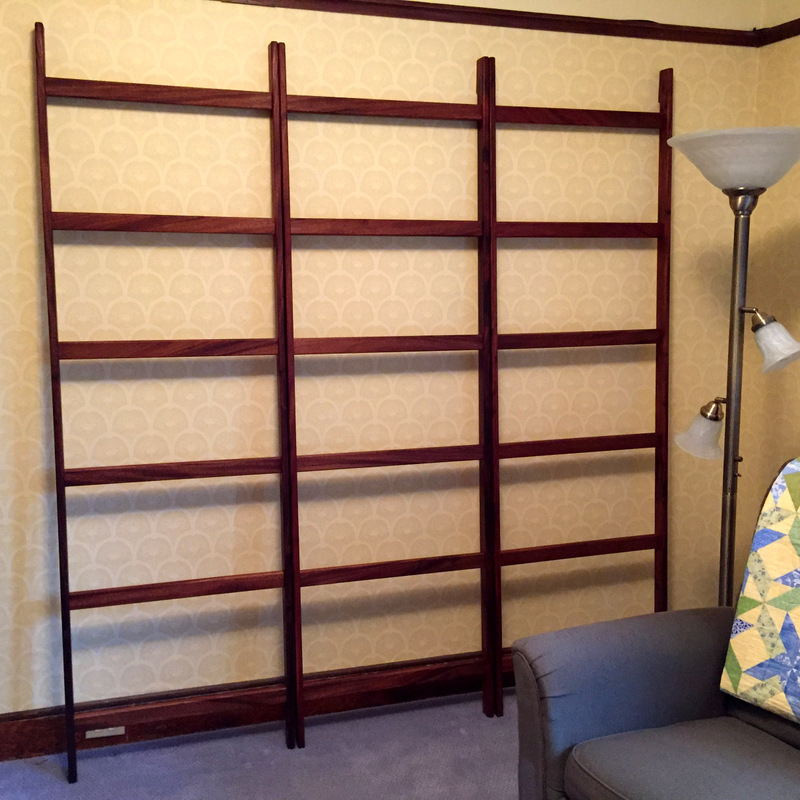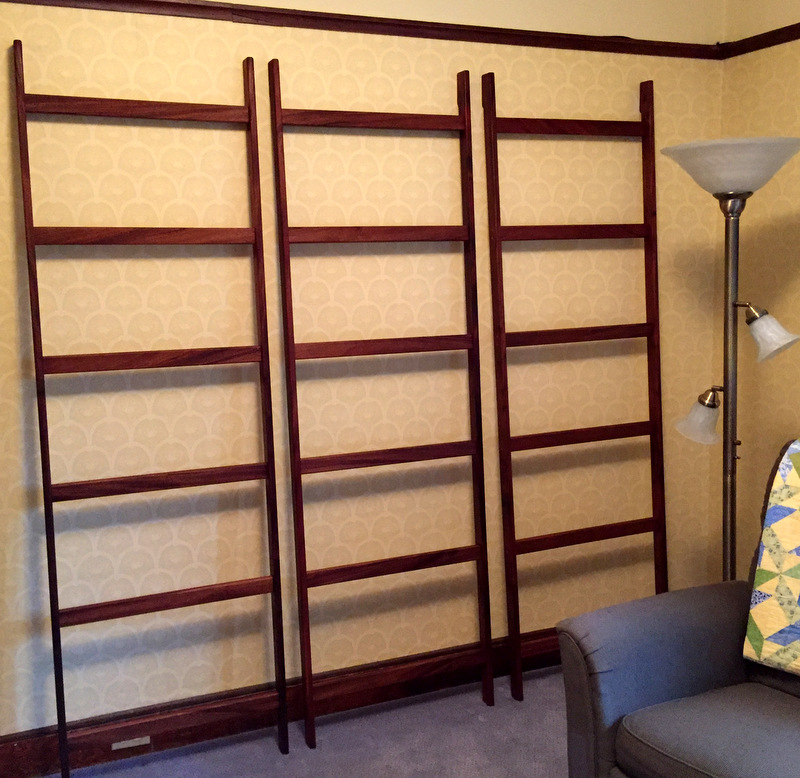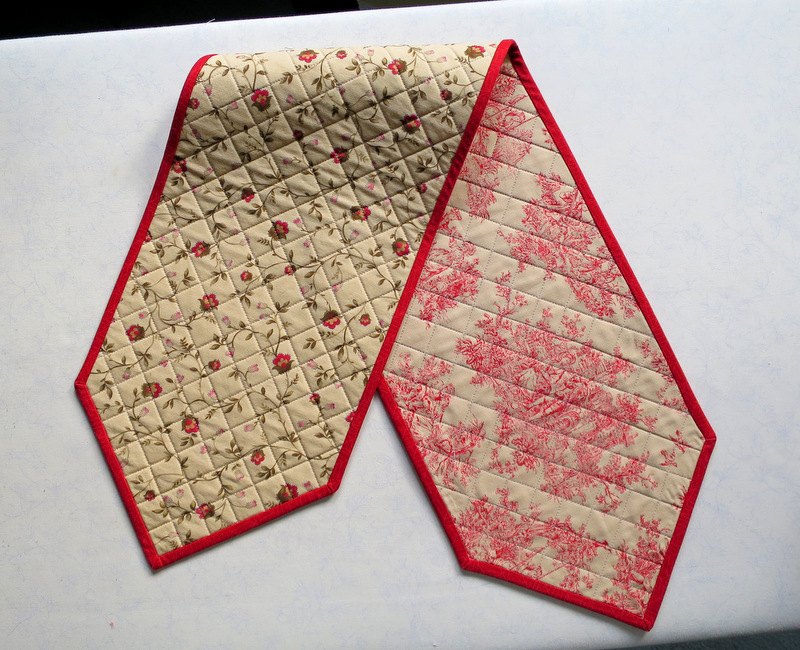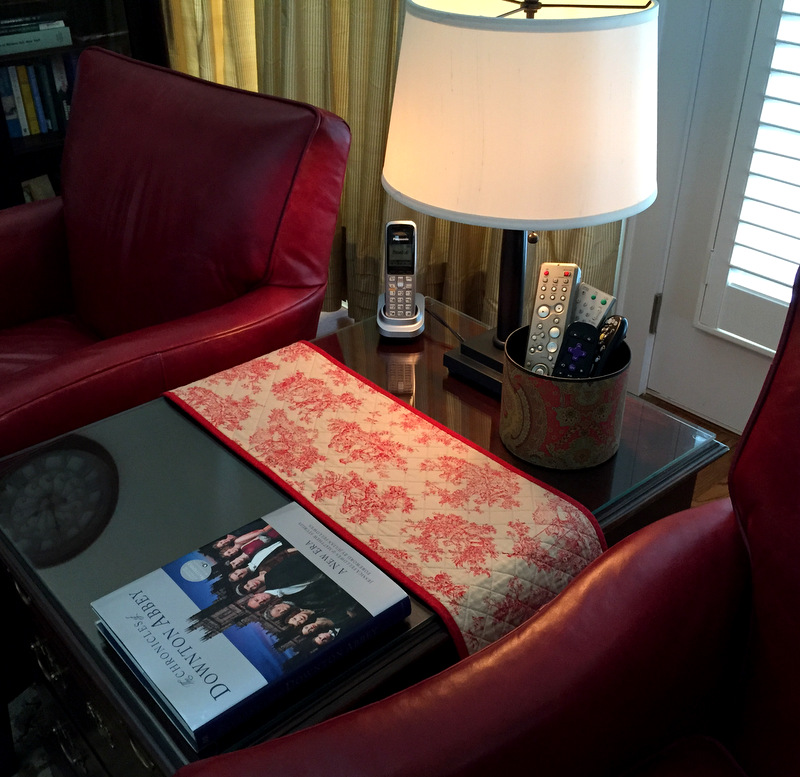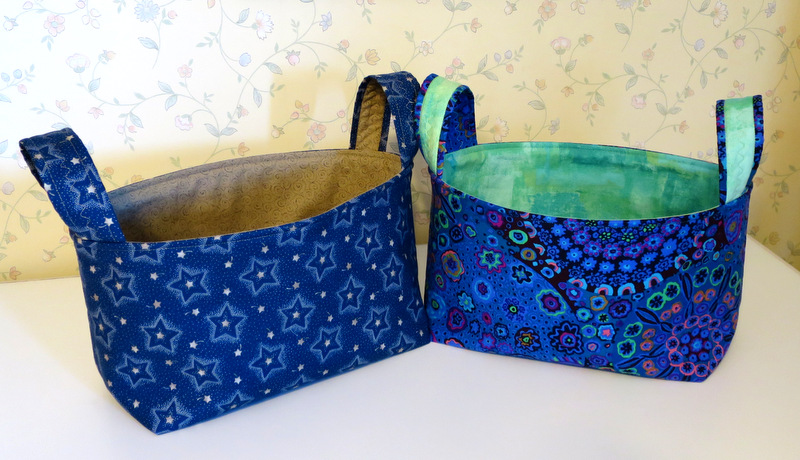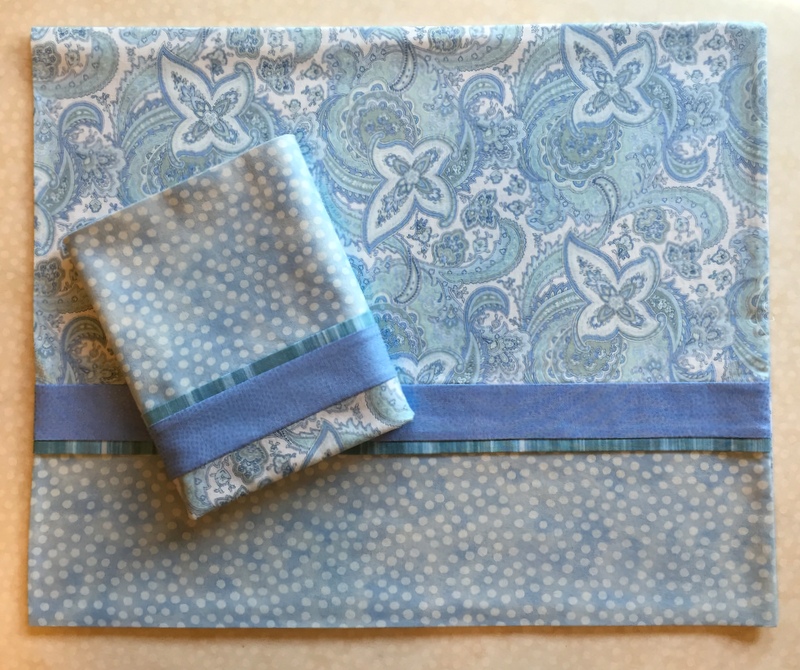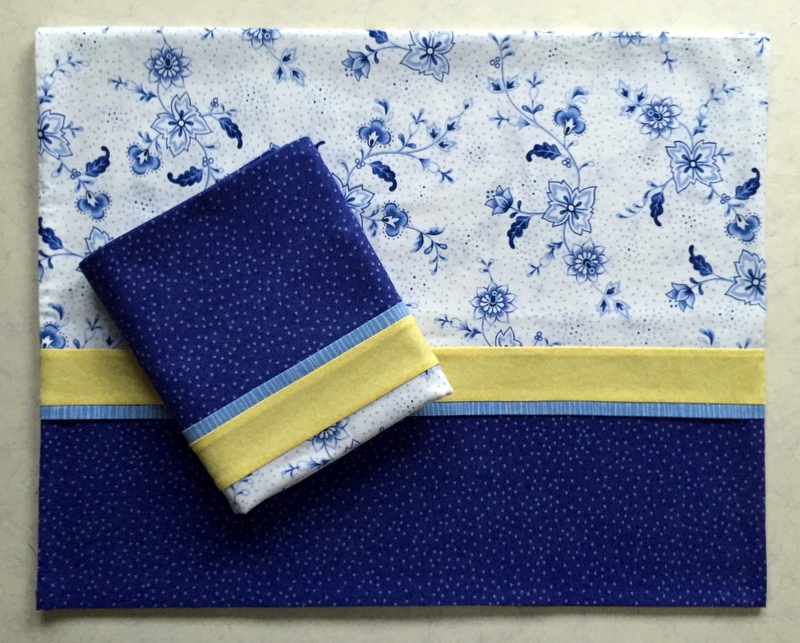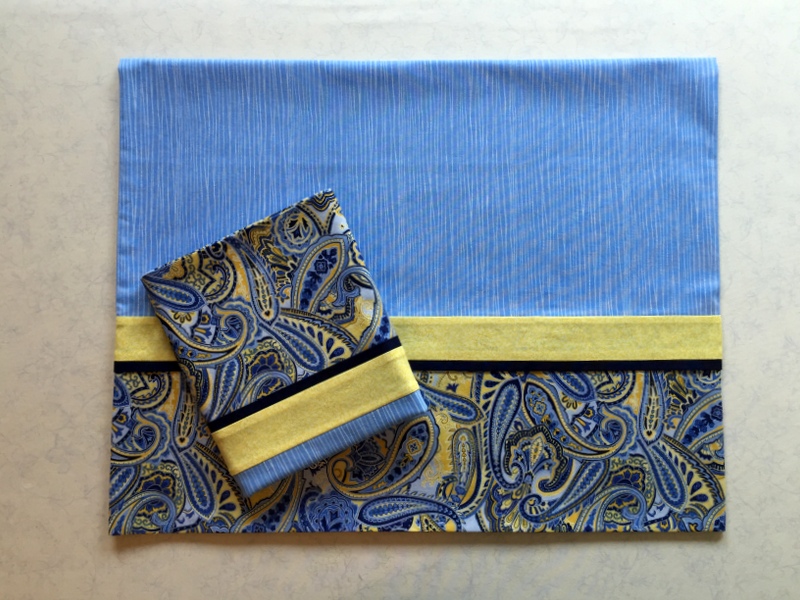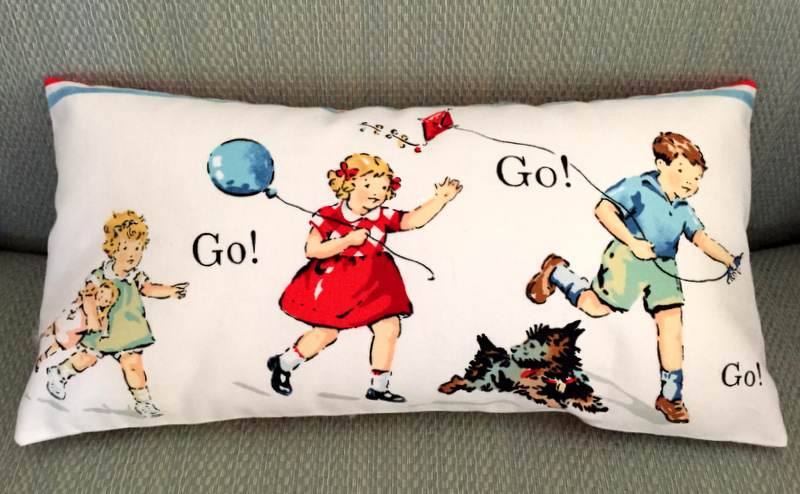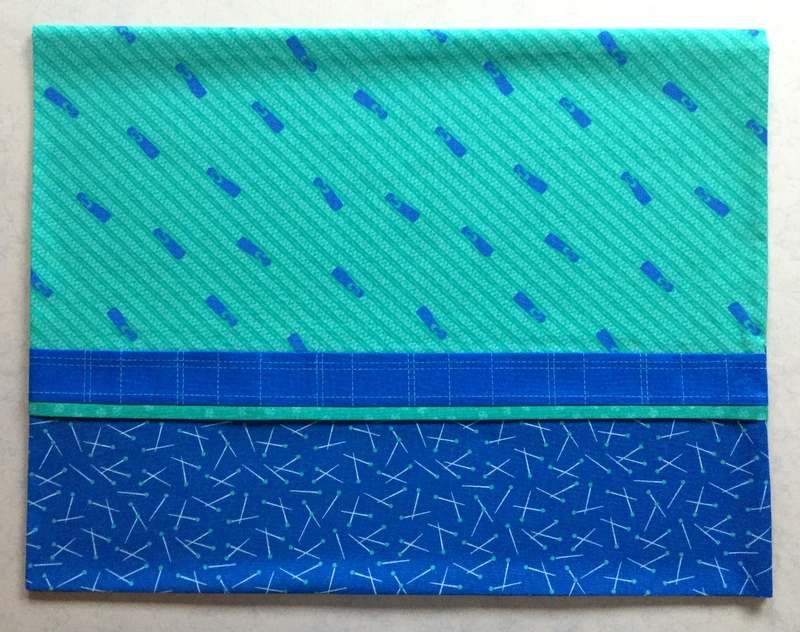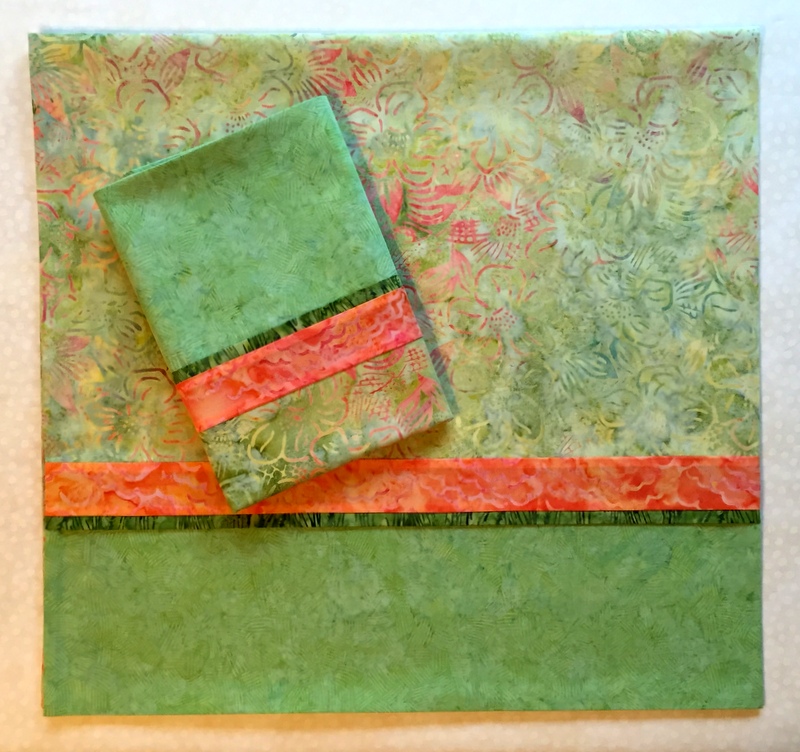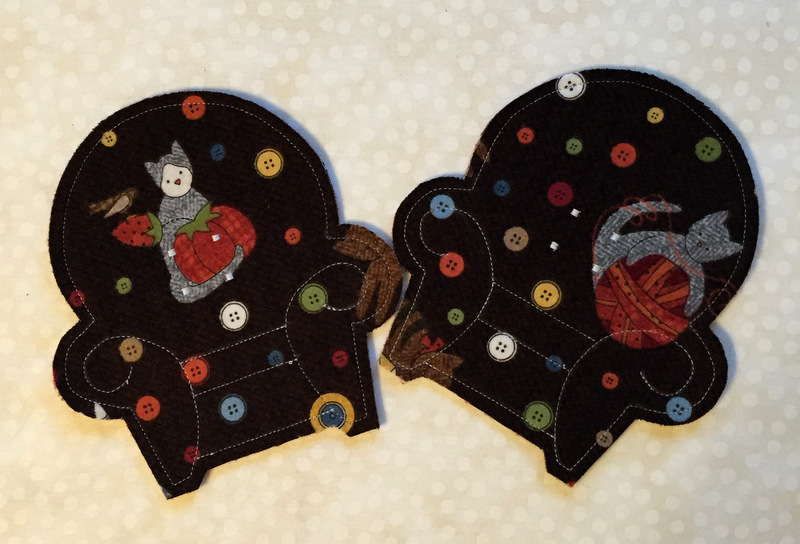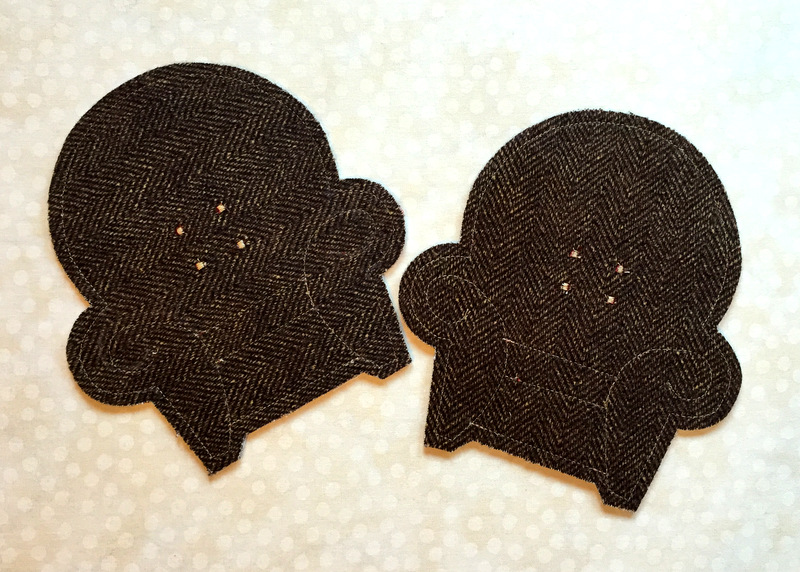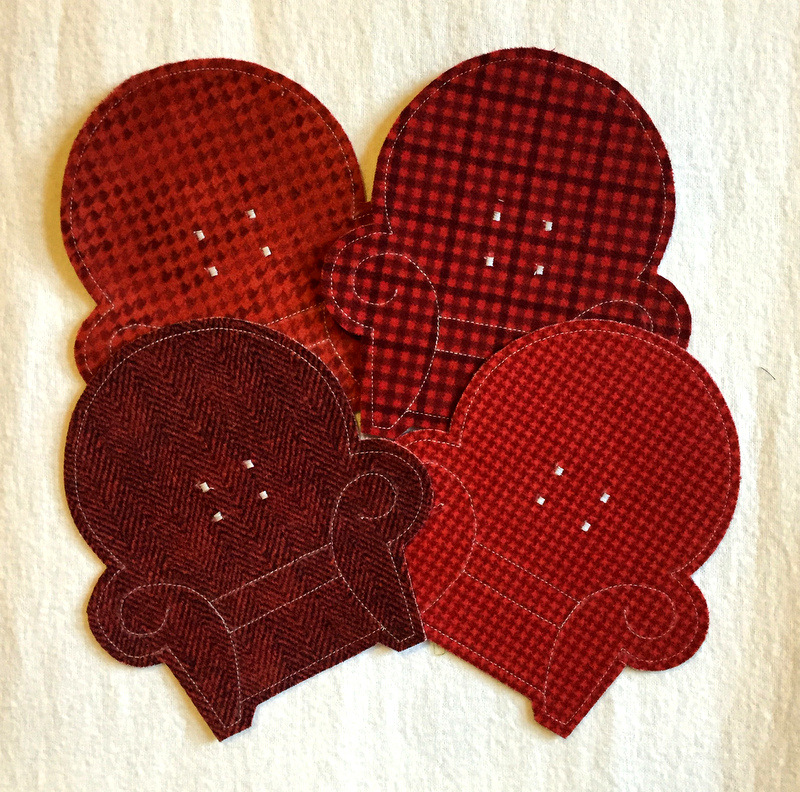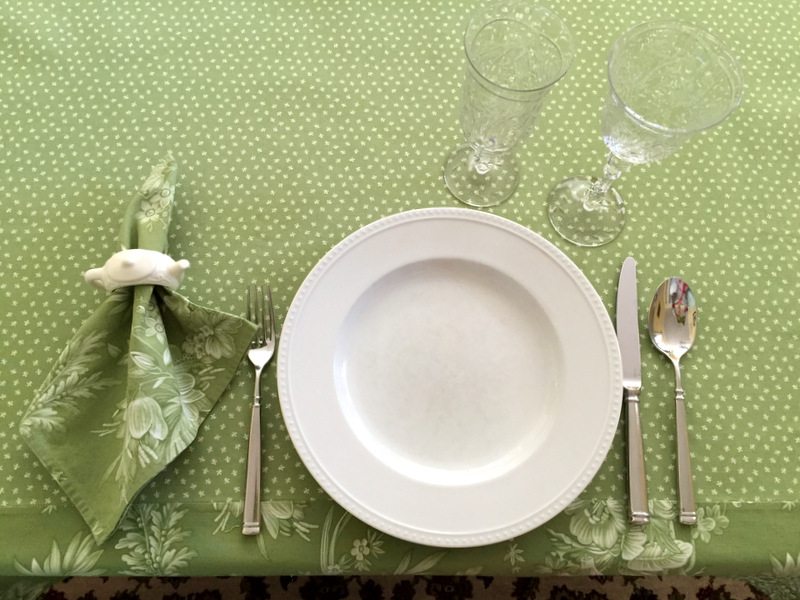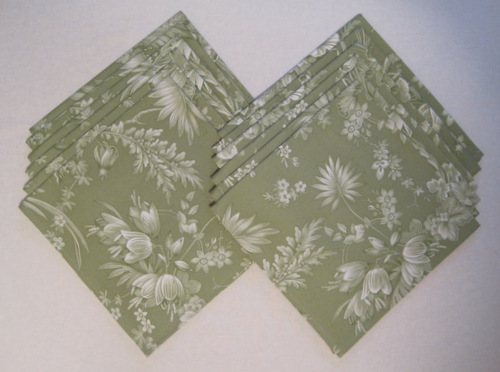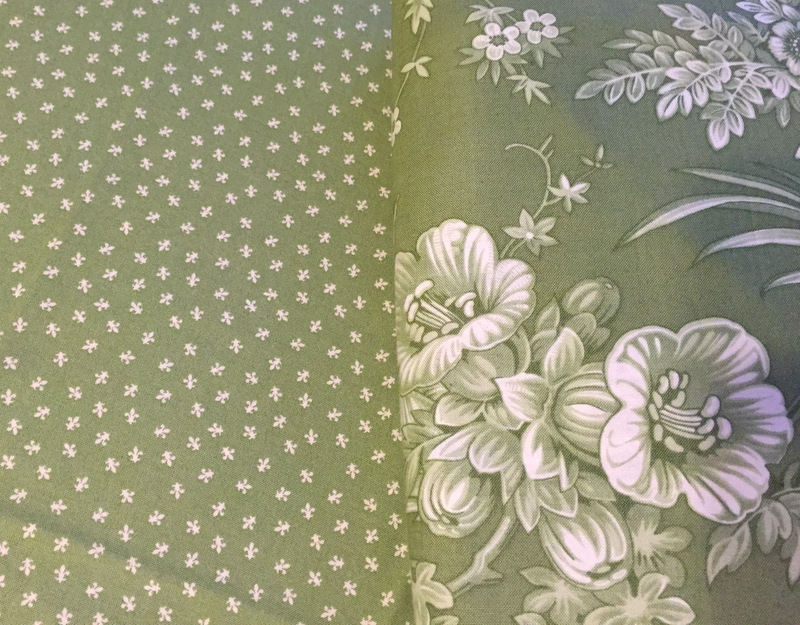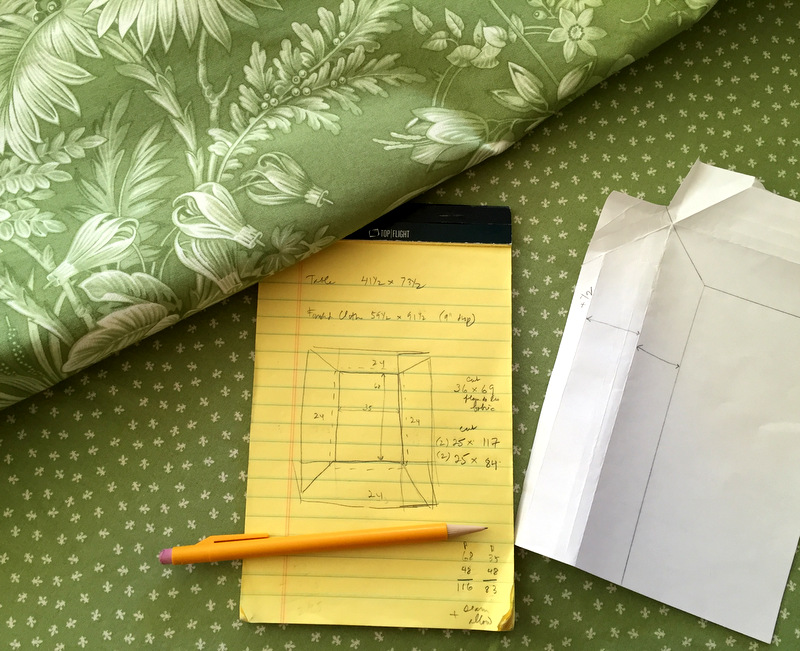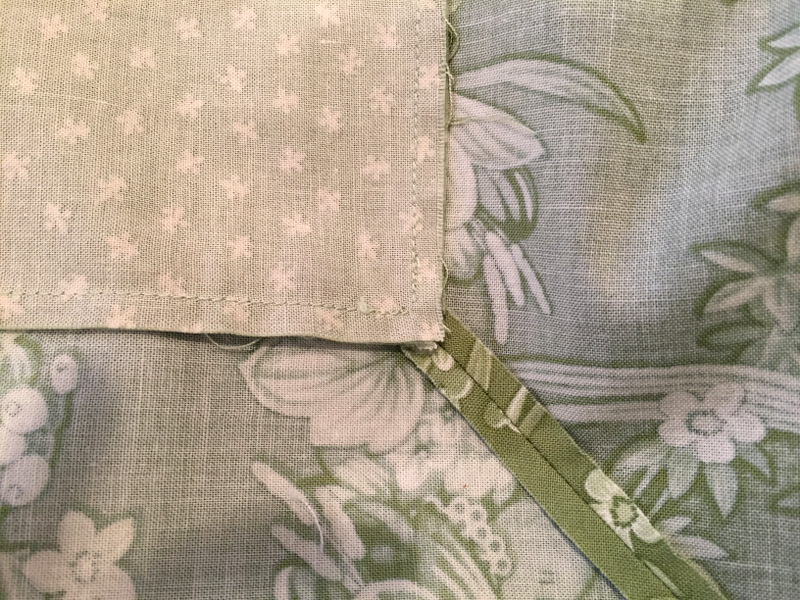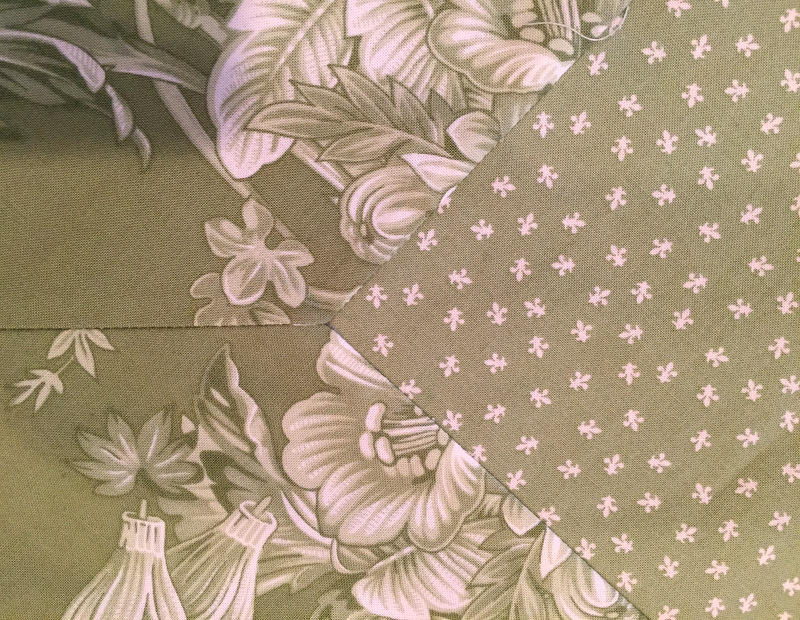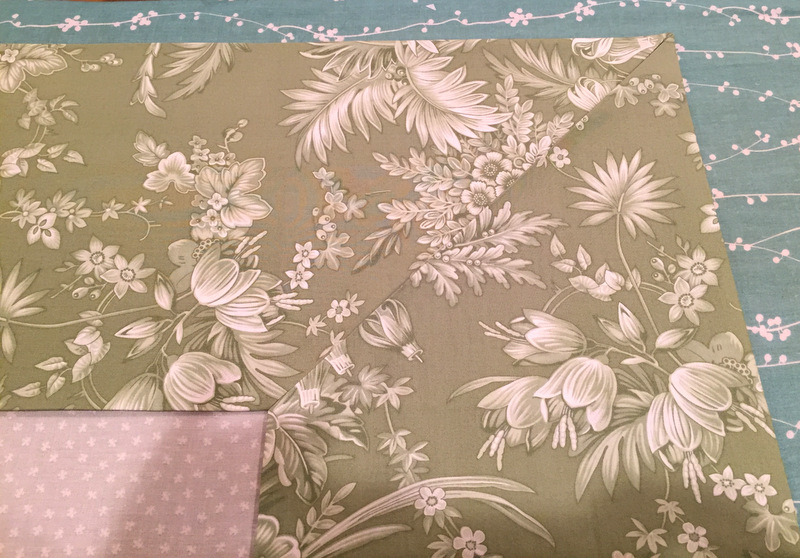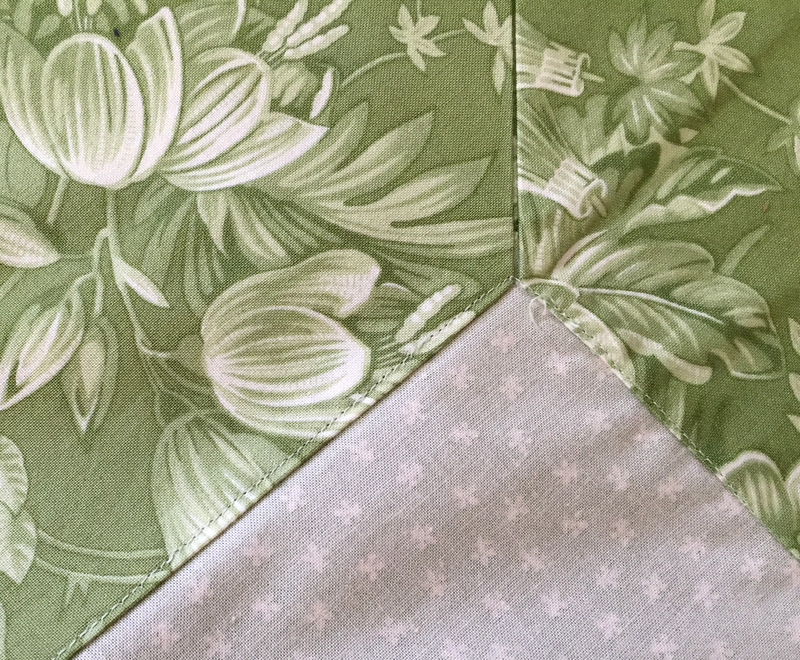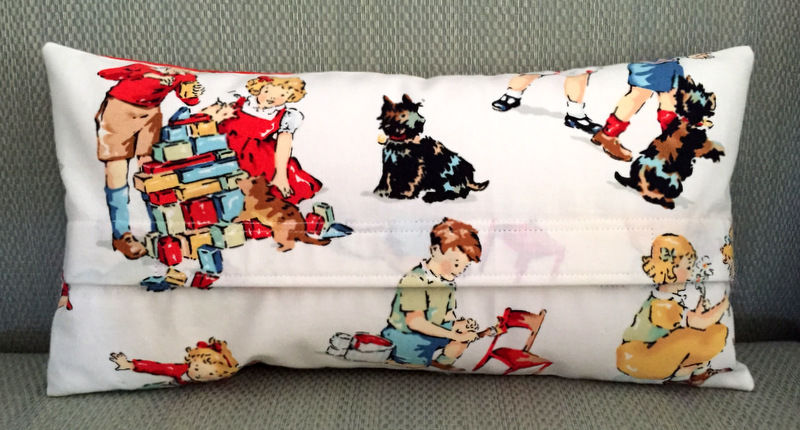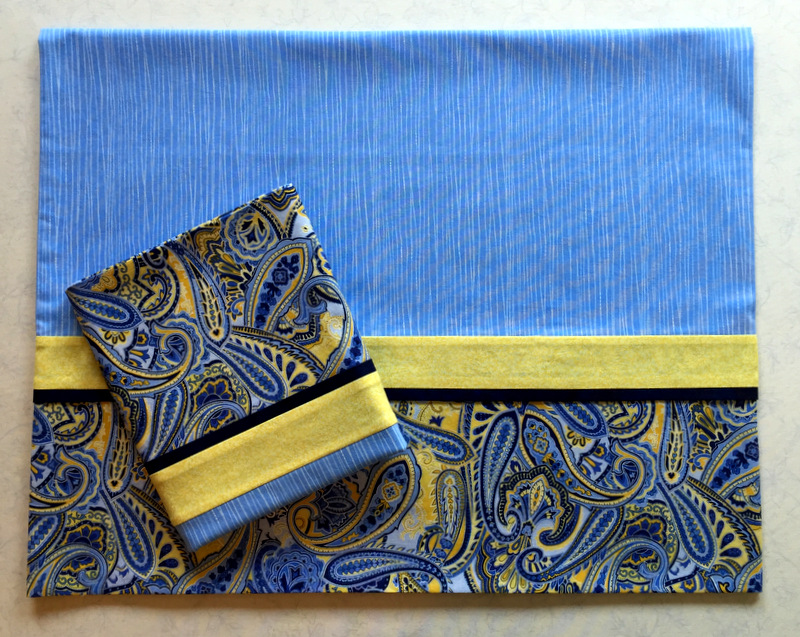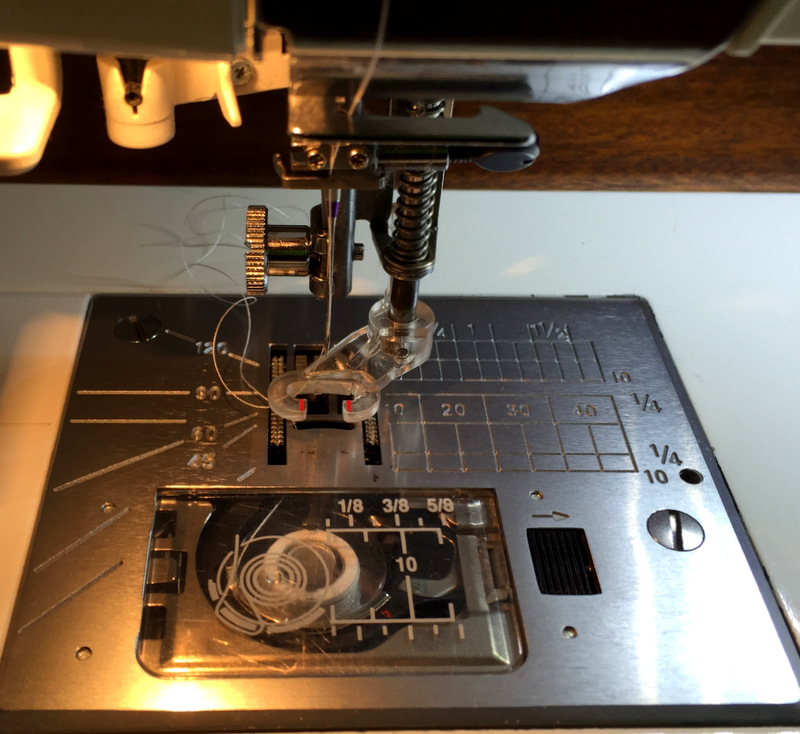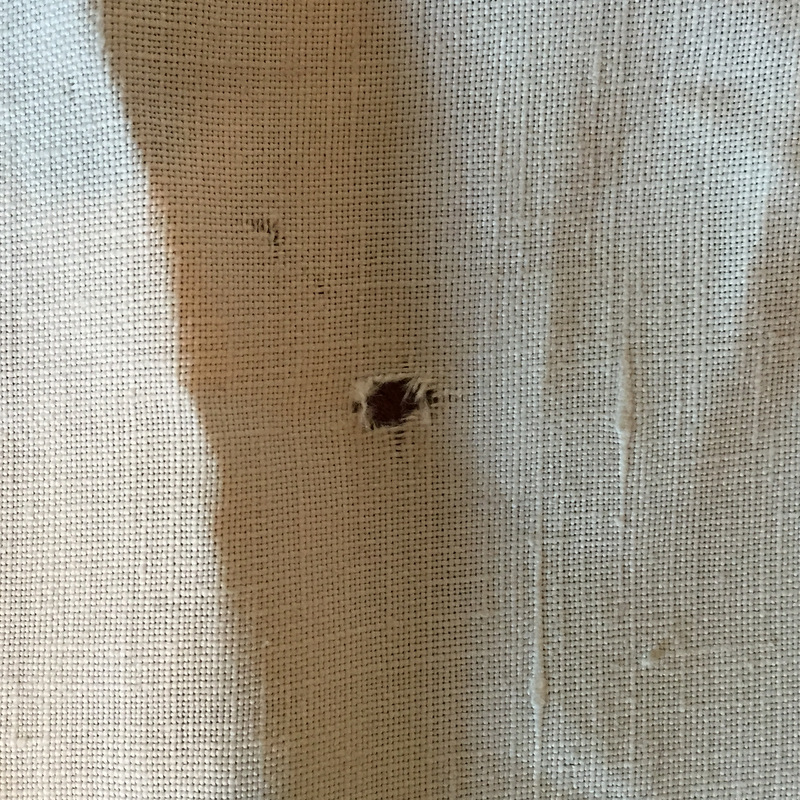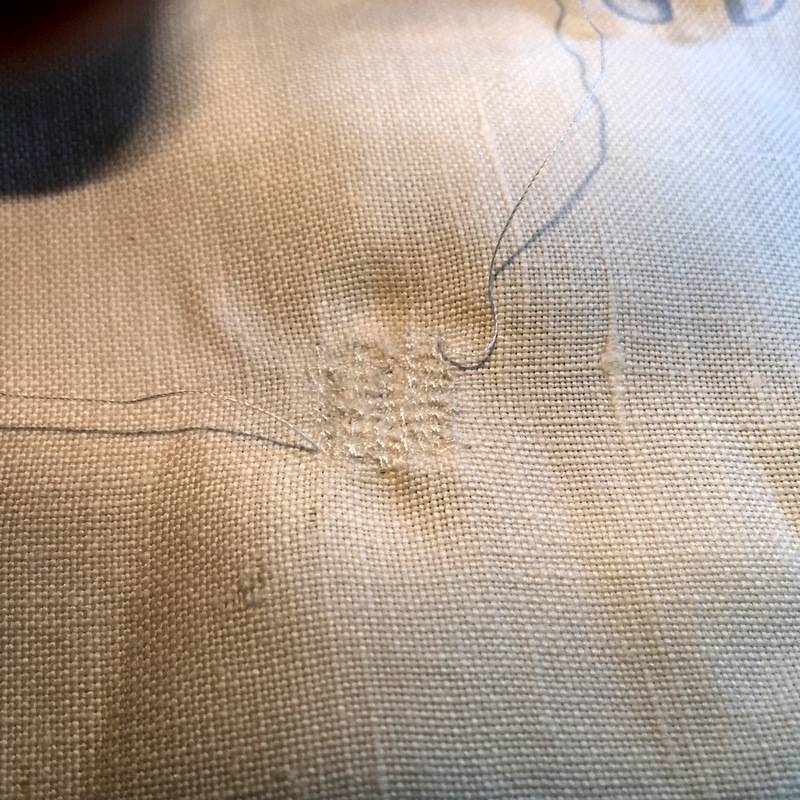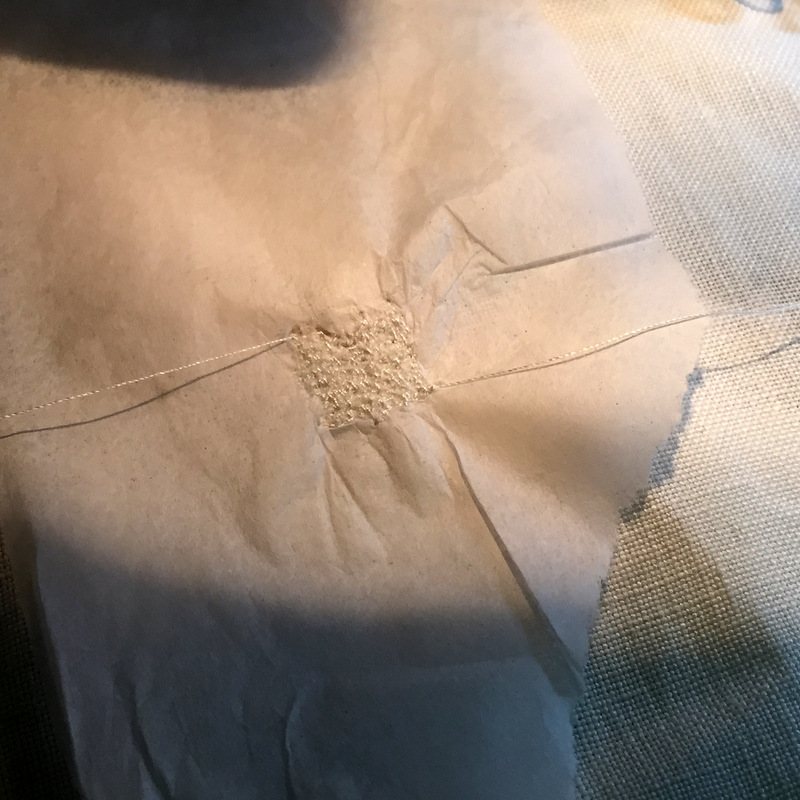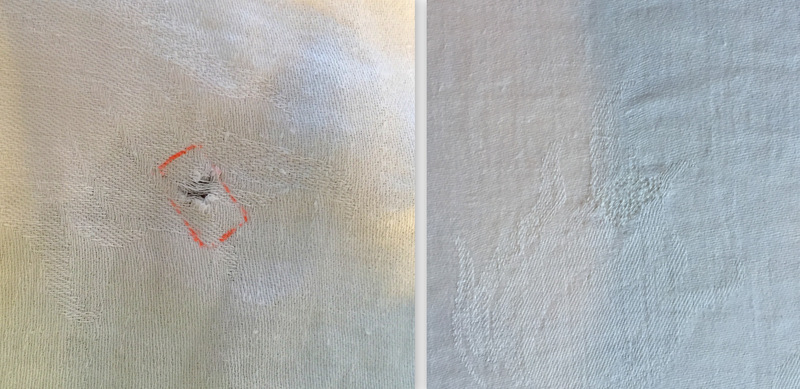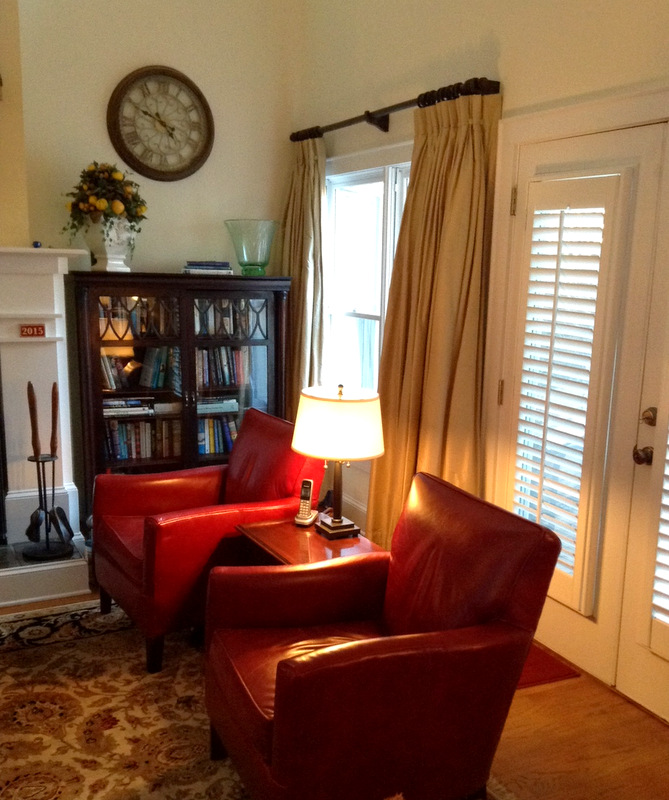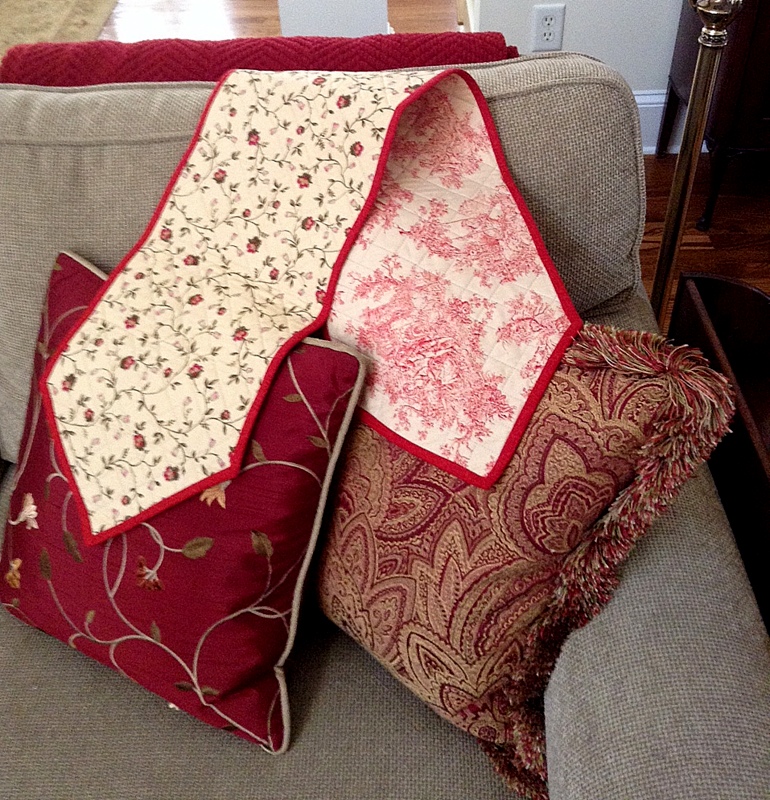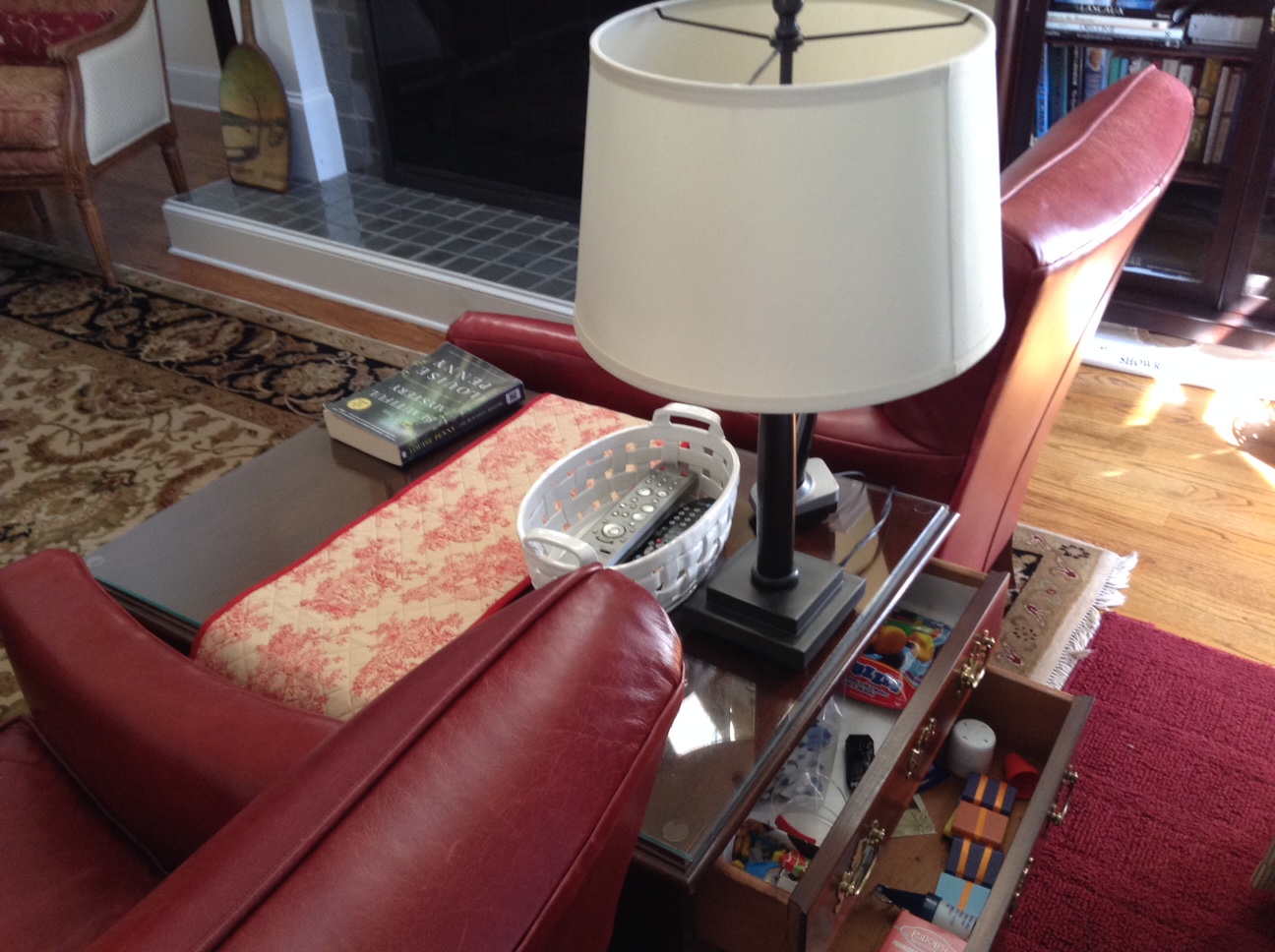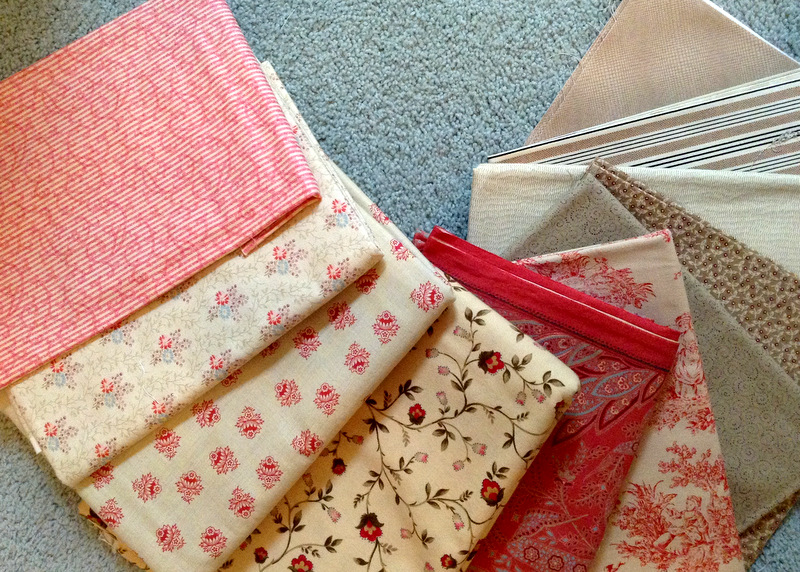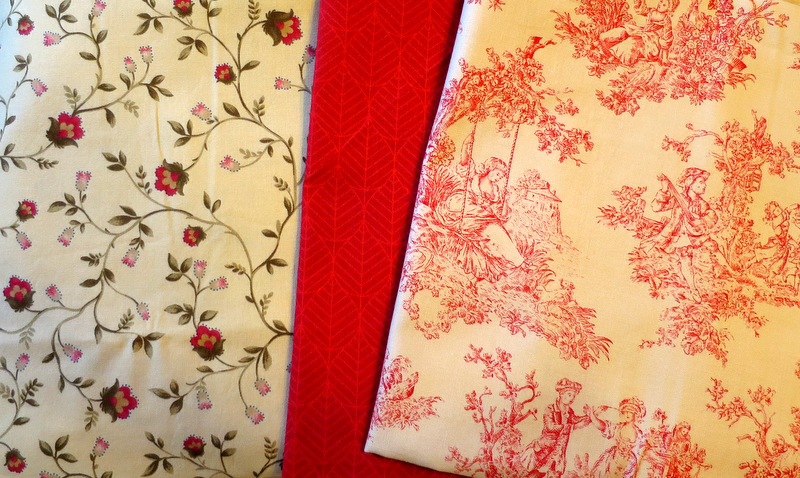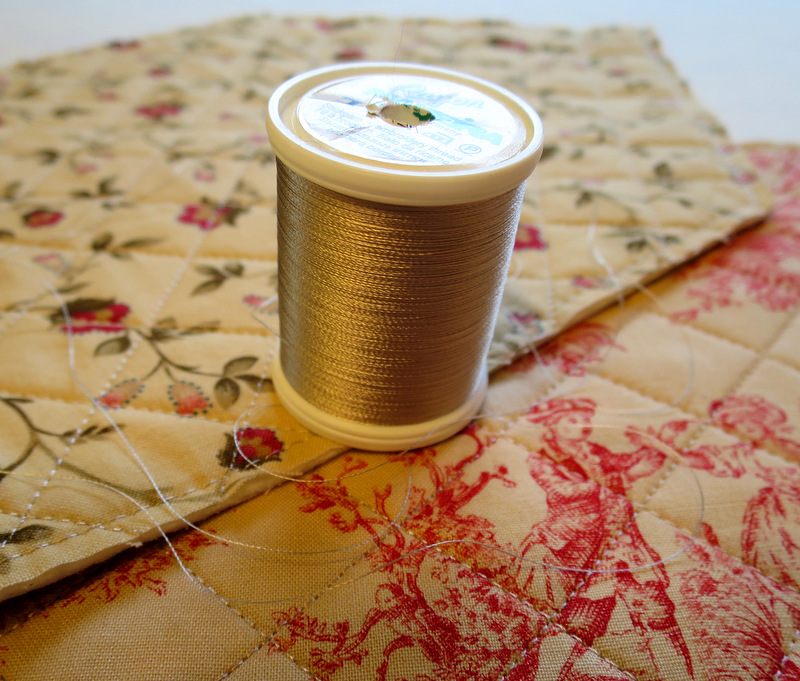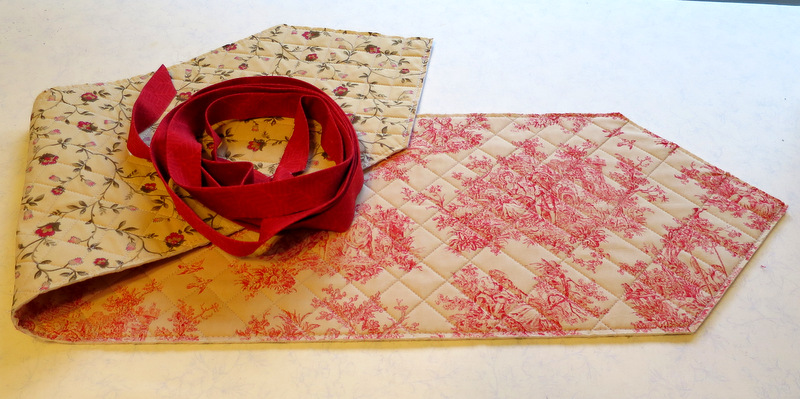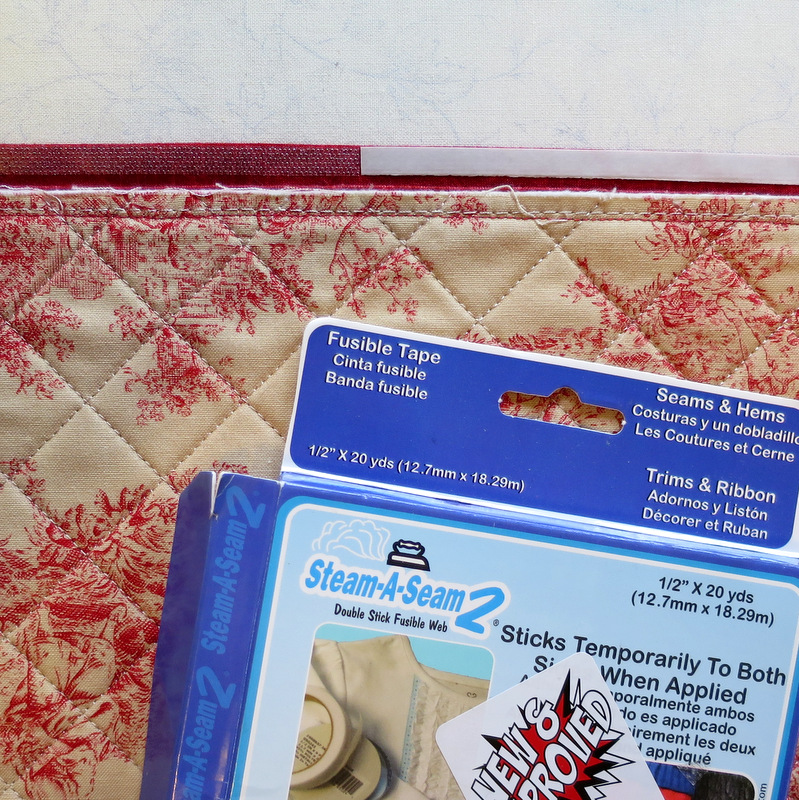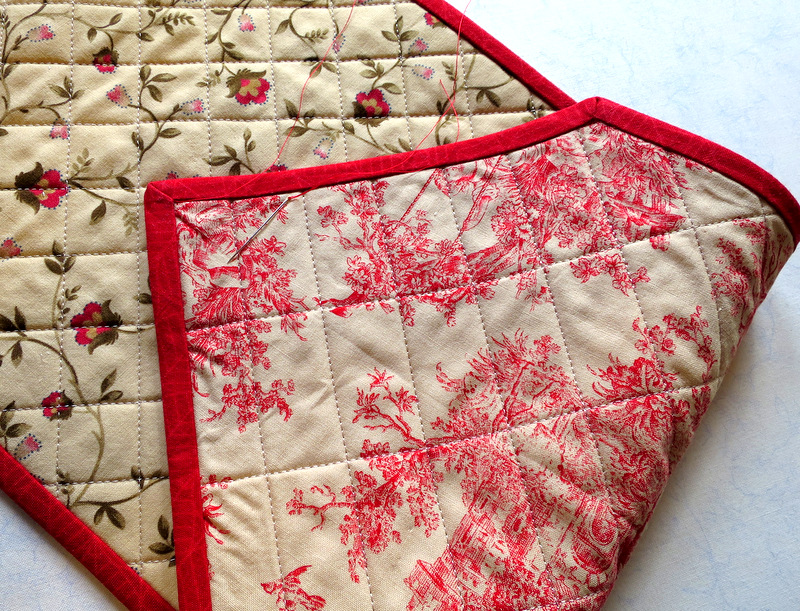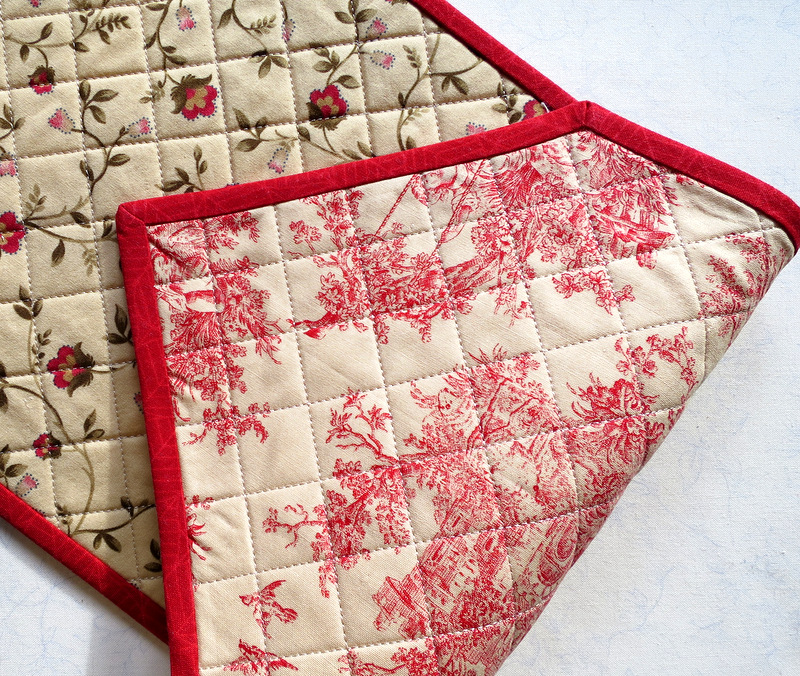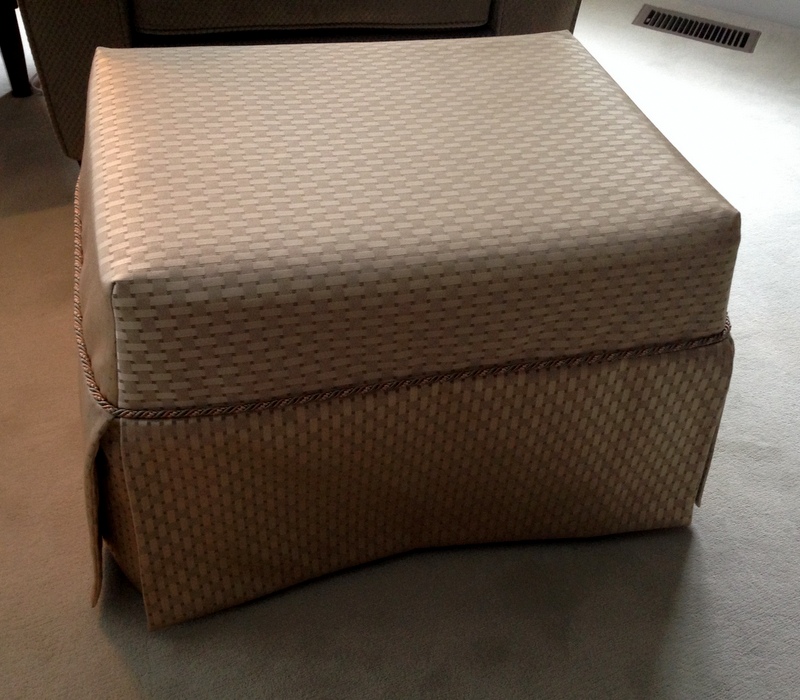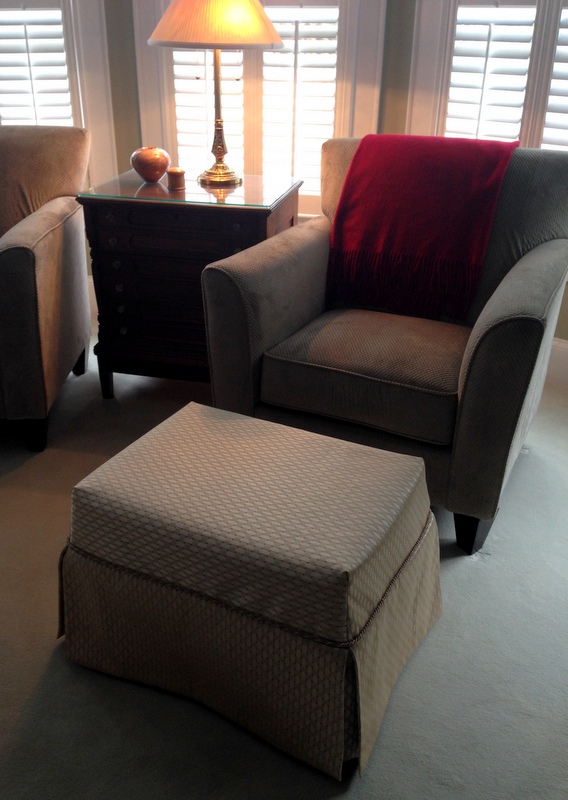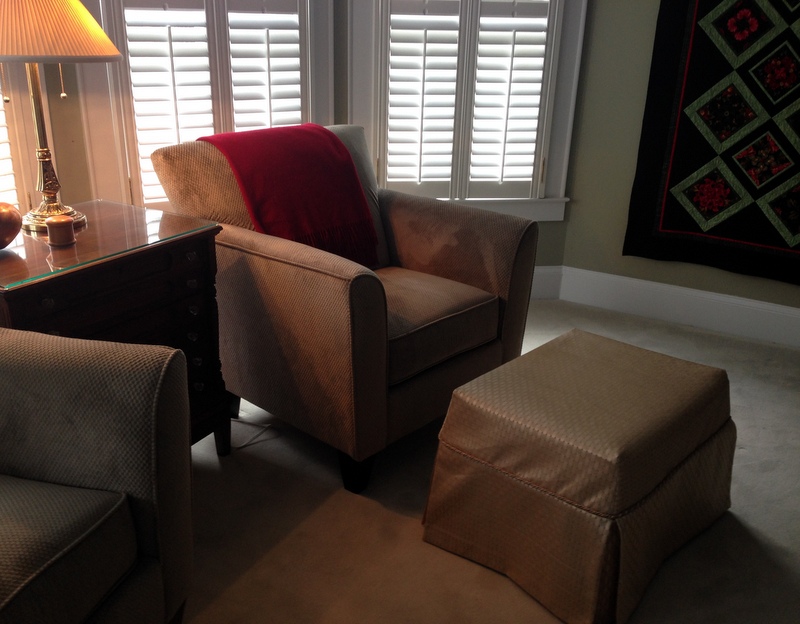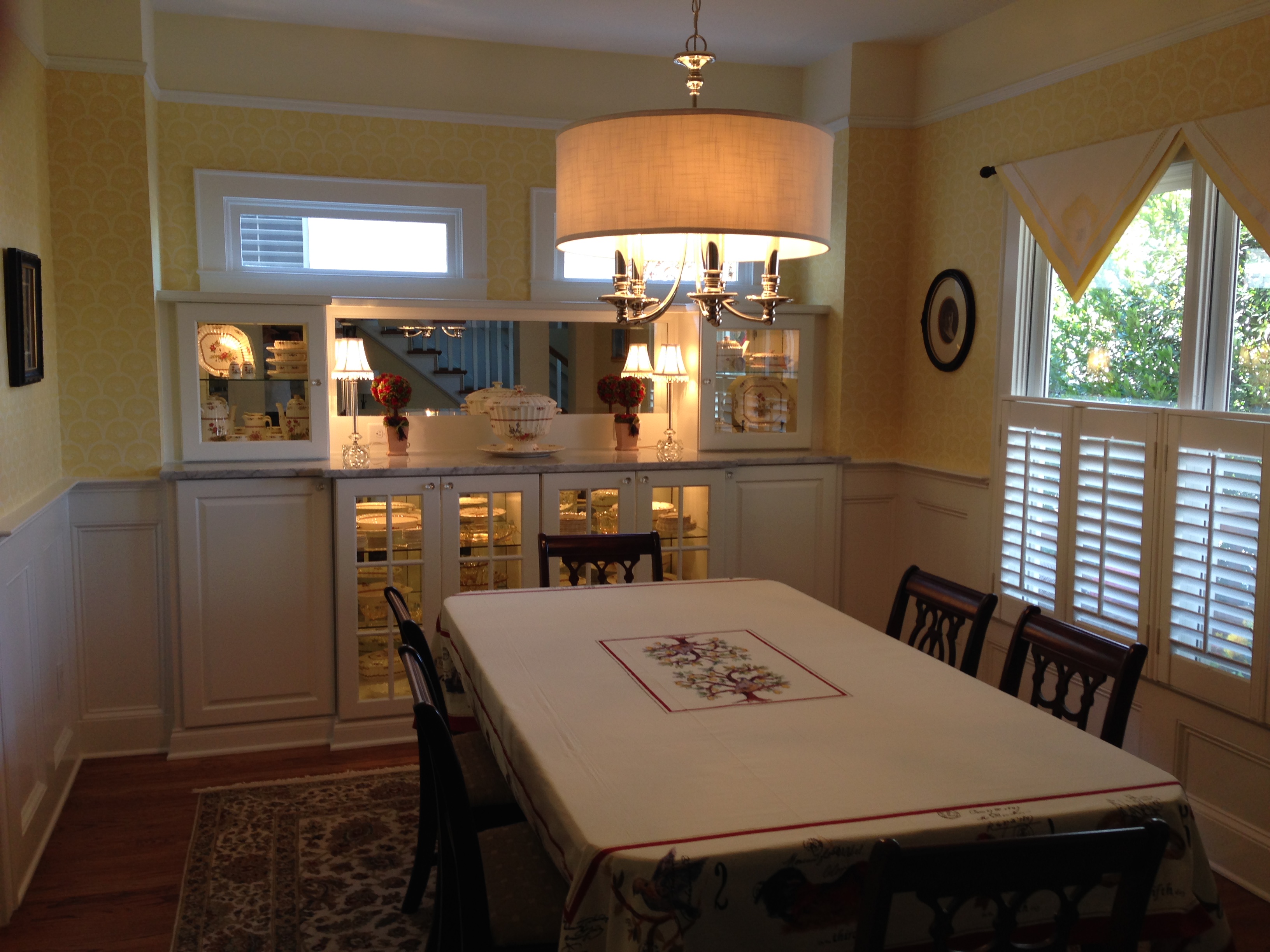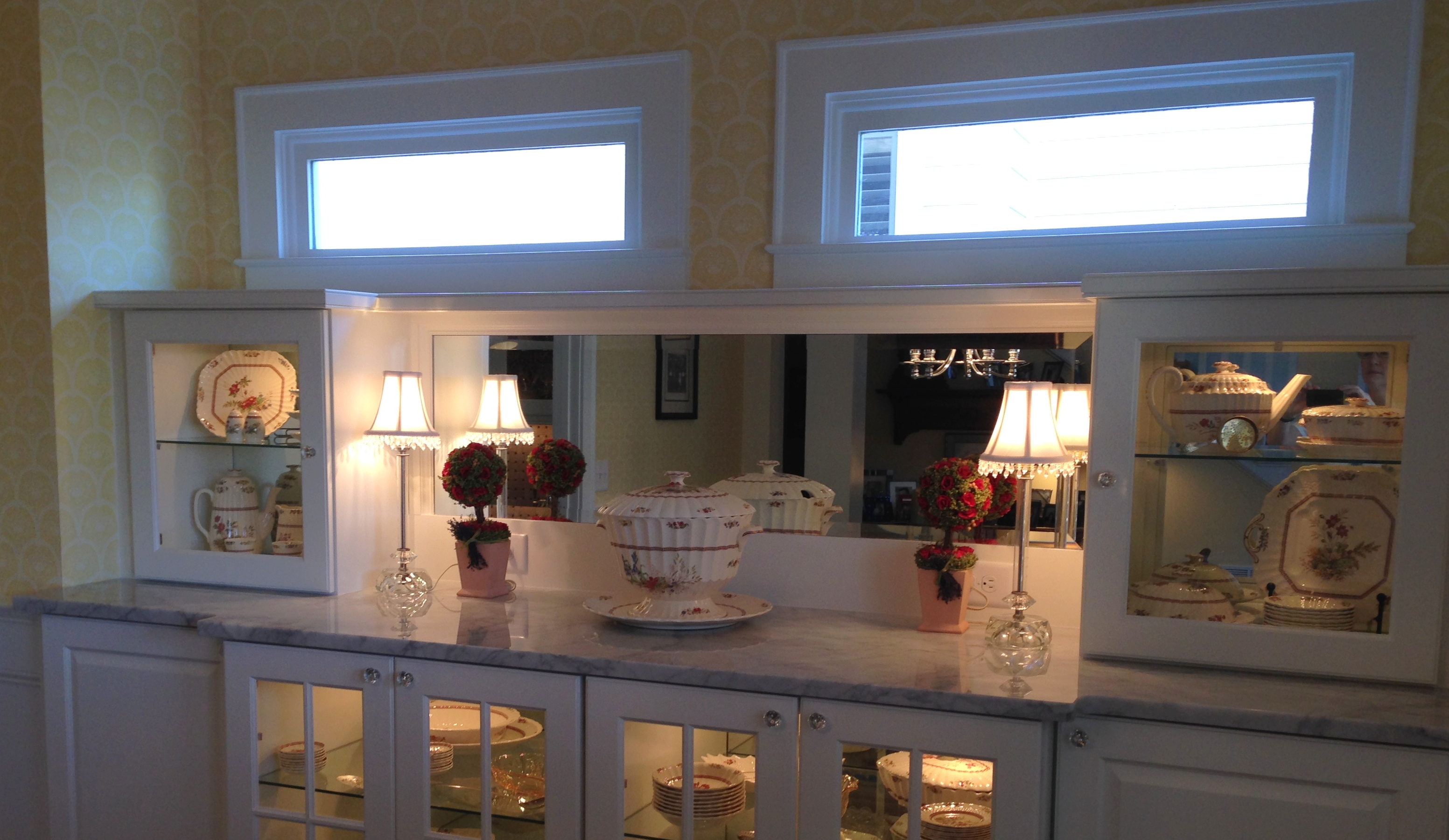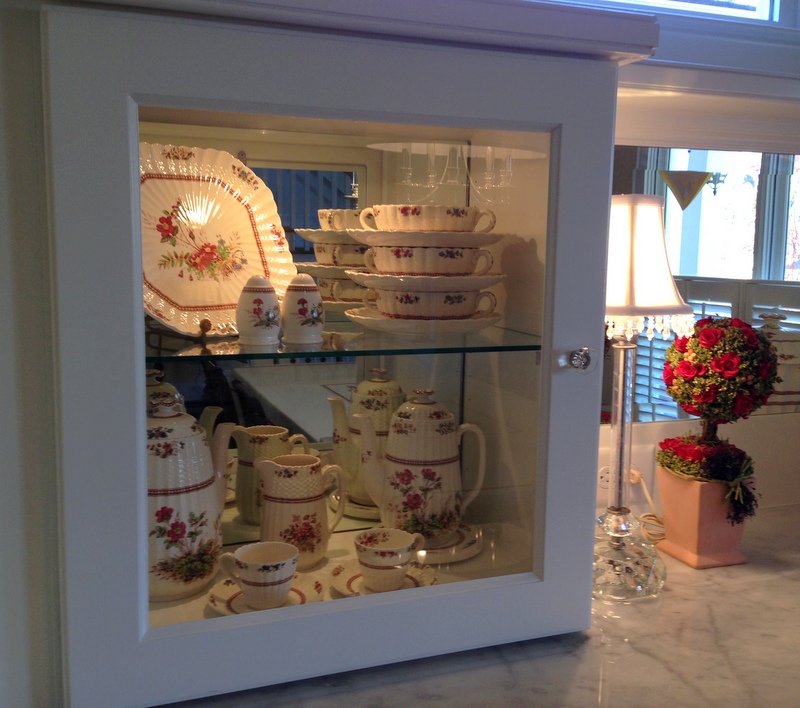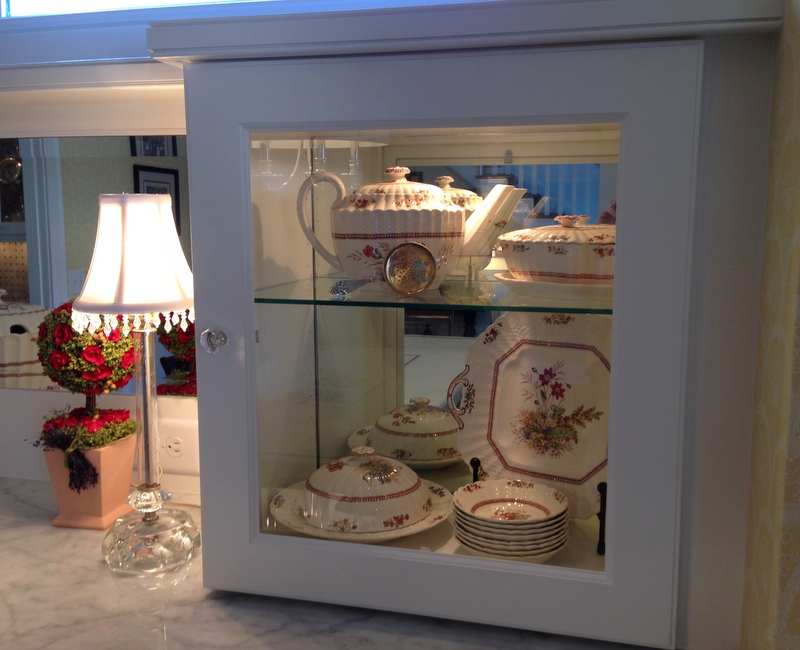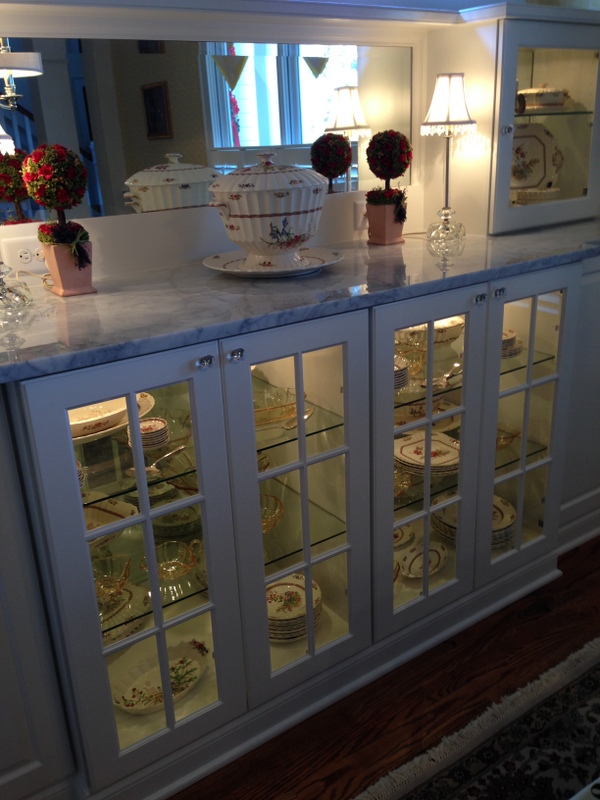My Wall of Quilts
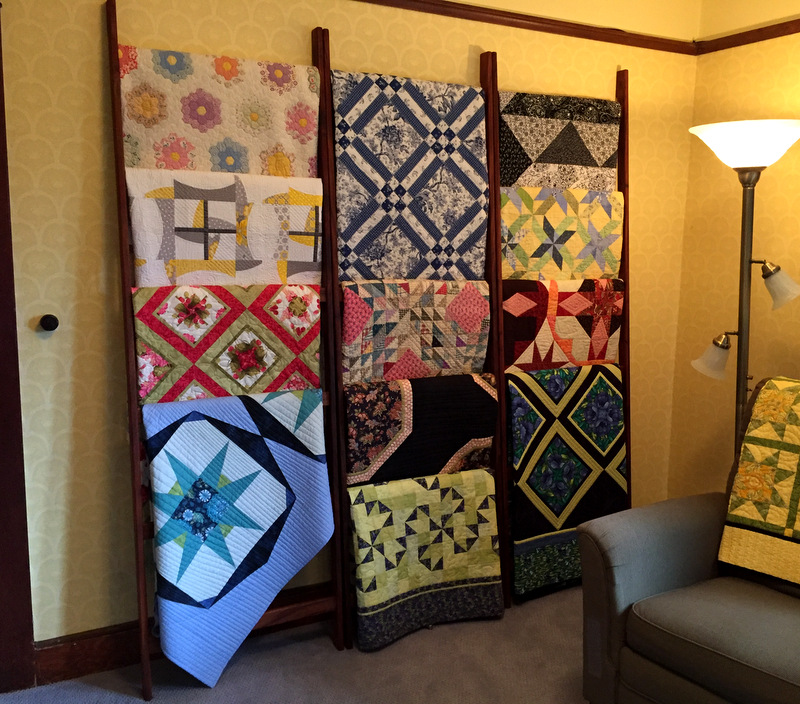
The quilts displayed on this wall in our TV room replace a piano that I donated a few months ago. I had bought a secondhand piano 20-some years ago. Having taken lessons as a kid, I thought I would relearn how to play. That never happened, not because I didn’t want to but because I preferred to spend my free time sewing, especially when I was still working. Retiring in 2008, I plunged headlong into quiltmaking. The piano, alas, remained unplayed.
With the piano gone, my inclination was to increase the seating in the TV room by adding a sectional sofa. Gradually, with that expanse of wall staring at me, the notion of a quilt wall took over. I remembered a photo I had seen in Marie Deatherage and Joyce Brekke’s fabulous book Pieces of Portland (Quiltlandia, 2015). Marie’s husband, Ric Seaberg, made her a wall-size quilt rack:
Floor to ceiling — what an efficient use of space! Since the wall in our TV room is one of the few that doesn’t get direct sunlight, I knew it would be the perfect spot to display quilts.
I called upon master craftsman Phillip Galyon of Wooden Images. Phillip made me a custom sewing table and cabinet in 2012, and the next year he crafted a console table and stool for our remodeled master bathroom.
My idea for this project was a series of quilt ladders that could stand alone or be joined by pegs to form one piece. After consulting with Phillip, we decided on separate ladders that, when placed next to each other, would look like one unit. The wood of choice was African mahogany, well suited to the original dark stained wood trim in our 1913 Craftsman home.
Here are three ladders butted up next to each other . . .
. . . and here they are with a couple of inches between them:
As you see from the photo at the top of this post, I chose to put the ladders together — at least for now. They can easily be moved apart for a change of pace. And adding or rearranging quilts will be a breeze because of the ease with which the ladders can be moved.
I can’t say enough good things about the quality of Phillip’s work. He angled the rungs of the ladders so the quilts would hang properly. He leveled the tops of the ladders so they would be flat across the top (level with the floor). And he added a wedge to the top of the backs so they would lie flat against the wall. Not only that, he put felt on the backs so they wouldn’t scratch:
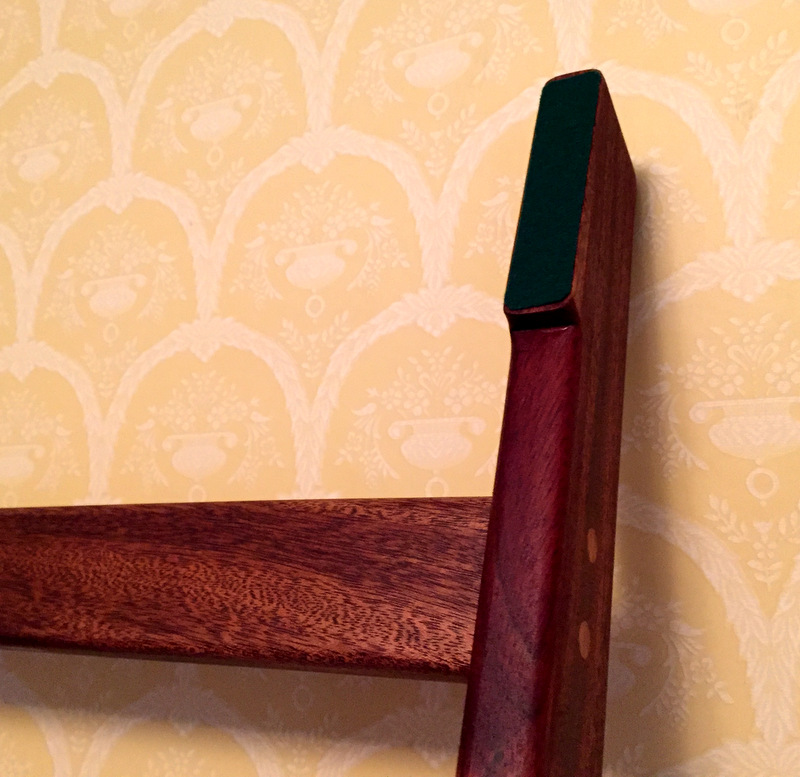
And he signed each piece on the back of the bottom rung:
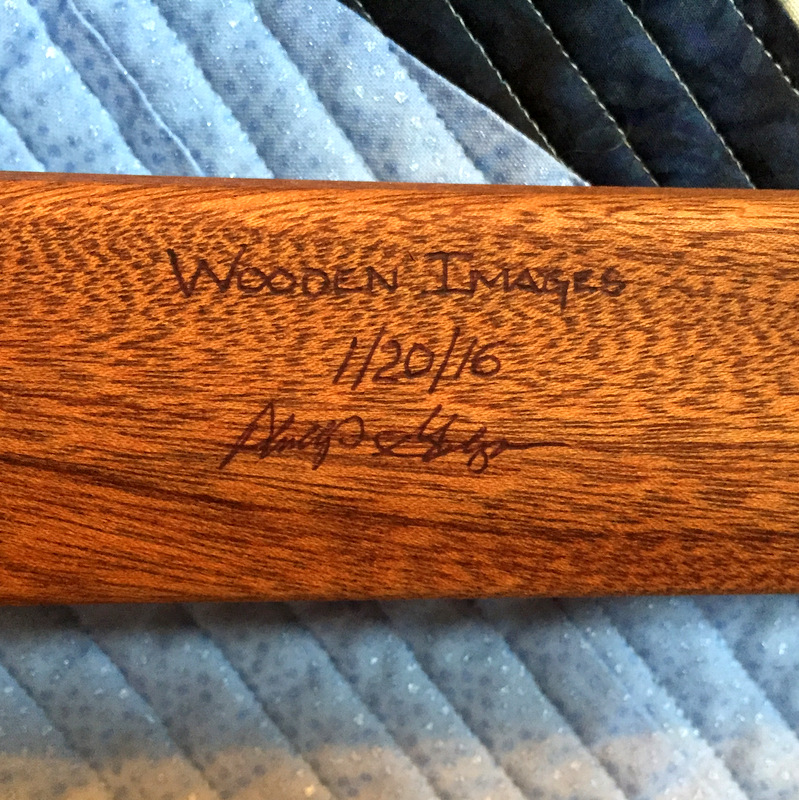
All told, Phillip made four ladders for me. There is room for another ladder on my quilt wall in the TV room but for now the fourth ladder is in an upstairs bedroom (hung with quilts, of course).
Having this wall of ladders means that the precious quilts that have come down through my family will be on display as well as the quilts I have made myself. Some of the latter will be given away eventually, to be replaced by new ones, but for the time being I will have the pleasure of seeing them frequently.
I envision my wall of quilts as a changeable feast.

